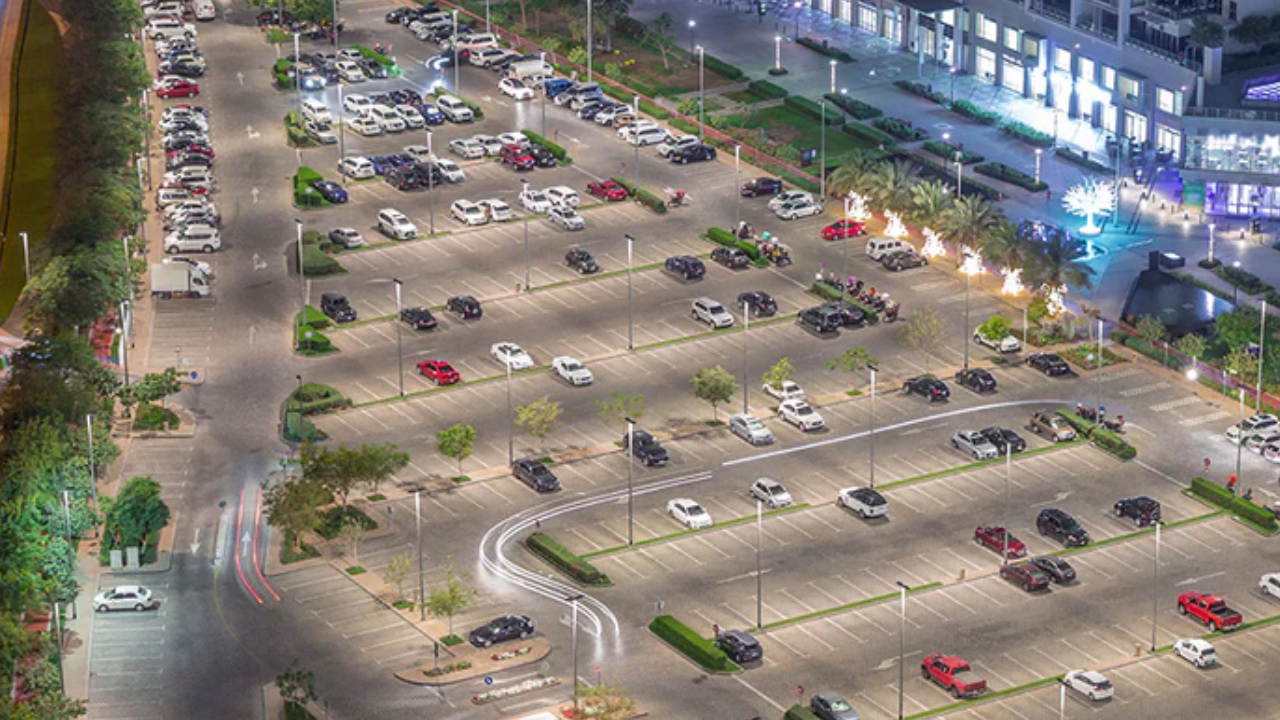Matilda has always been interested in the way things work - how they're made, how they run, and how they can be improved. She's spent her career working in the automotive industry, where she's gained experience in engineering and product development.When she's not at work, Meaghan enjoys spending time with her family and friends. She loves going on road trips, trying out new restaurants, and exploring new parts of the country.

Industrial LED lighting transforms the way manufacturing buildings, warehouses, and other industrial sites are illuminated. Industrial LED lighting outperforms traditional lighting in terms of energy efficiency, durability, and versatility. These fixtures use light-emitting diodes (LEDs) to convert electrical energy into light, resulting in lower energy use and heat generation. Industrial LED lighting promotes sustainability by reducing energy usage and environmental effects.
The directed nature of LED light provides for accurate illumination, resulting in a well-lit and safe working environment. With advances in smart controls, such as motion sensors and dimming capabilities, industrial led lighting systems may be tailored for maximum energy efficiency and operational flexibility. As enterprises prioritize energy efficiency and cost savings, the use of industrial LED lighting continues to grow.
Impact Of Heat Dissipation In LED Fixtures
This article explores the intricacies of heat dissipation in industrial LED lighting systems, looking at how it affects performance, longevity, and operational efficiency.
LED Heat Generation
LED fixtures generate heat, mostly as a result of the conversion of electrical energy into light. While LEDs are intrinsically more efficient than traditional sources such as incandescent bulbs, generated heat can still have an impact on fixture performance and durability. Efficient heat management is critical for guaranteeing the proper operation of LED lighting systems in industrial applications.
The Consequences Of Inadequate Heat Dissipation
In industrial contexts, where lighting fixtures are frequently used for long periods, insufficient heat dissipation can have a variety of negative implications. Excessive heat can degrade the integrity of internal components, including LED chips, driver circuits, and other vital sections. This can result in diminished luminous output, color shifts, and possibly premature fixture failure.
Prolonging LED Lifespan Through Effective Heat Dissipation
One of the key advantages of LEDs is their extended lifespan. However, this lifespan is contingent on maintaining an optimal operating temperature. Efficient heat dissipation helps prevent overheating, ensuring that LEDs operate within the specified temperature range. This, in turn, contributes to a longer life expectancy, reducing the frequency of replacements and minimizing downtime in industrial facilities.
Impact On Light Output And Efficiency
The performance of LEDs is directly proportional to their temperatures. As the temperature of an LED rises, its efficiency decreases. Heat can cause a condition known as “thermal droop,” in which light output decreases as temperature increases. Effective heat dissipation methods contribute to steady operating temperatures, which preserve luminous efficacy and ensure consistent light output over time.
Preserving Color Stability
Maintaining consistent color temperatures is critical in industrial applications that require color accuracy. Heat can affect the color properties of LEDs, causing undesired shifts. Quality industrial LED fixtures use innovative heat management technologies to reduce color variations, ensuring that the illumination is constant and reliable in challenging conditions.
Avoiding Thermal Runaway
Thermal runaway is a phenomenon in which an LED’s temperature rises rapidly, causing a fast breakdown of the semiconductor components. Effective heat dissipation solutions, such as heatsinks and thermal management systems, avoid thermal runaway and maintain the stability and dependability of LED lighting in industrial applications.
Ensuring Consistent Performance at High Ambient Temperatures
Various operations and machinery in industrial environments frequently cause increased ambient temperatures. Thermal management technologies are included in LED fixtures designed for industrial usage, allowing for consistent performance even in these extreme conditions. This capacity to withstand high ambient temperatures is critical for providing dependable lighting in a variety of industrial applications.
Innovations in Heat Dissipation Technologies
Heat dissipation for LED lighting is constantly evolving in response to technological improvements. To meet the unique requirements of industrial environments, new materials, creative design techniques, and improved thermal management systems are constantly developed. These advancements help to improve the efficiency, dependability, and durability of LED lighting systems for industrial applications.
Final Words
Heat dissipation in LED lighting in industrial applications is a complex topic that affects performance, durability, and overall operational efficiency. Analyzing and implementing effective heat dissipation solutions becomes increasingly important when industrial facilities migrate to LED lighting due to its energy efficiency and lifespan. Industrial locations can benefit from lighting systems that are dependable, long-lasting, and efficient, meeting the stringent demands of modern industrial operations.
